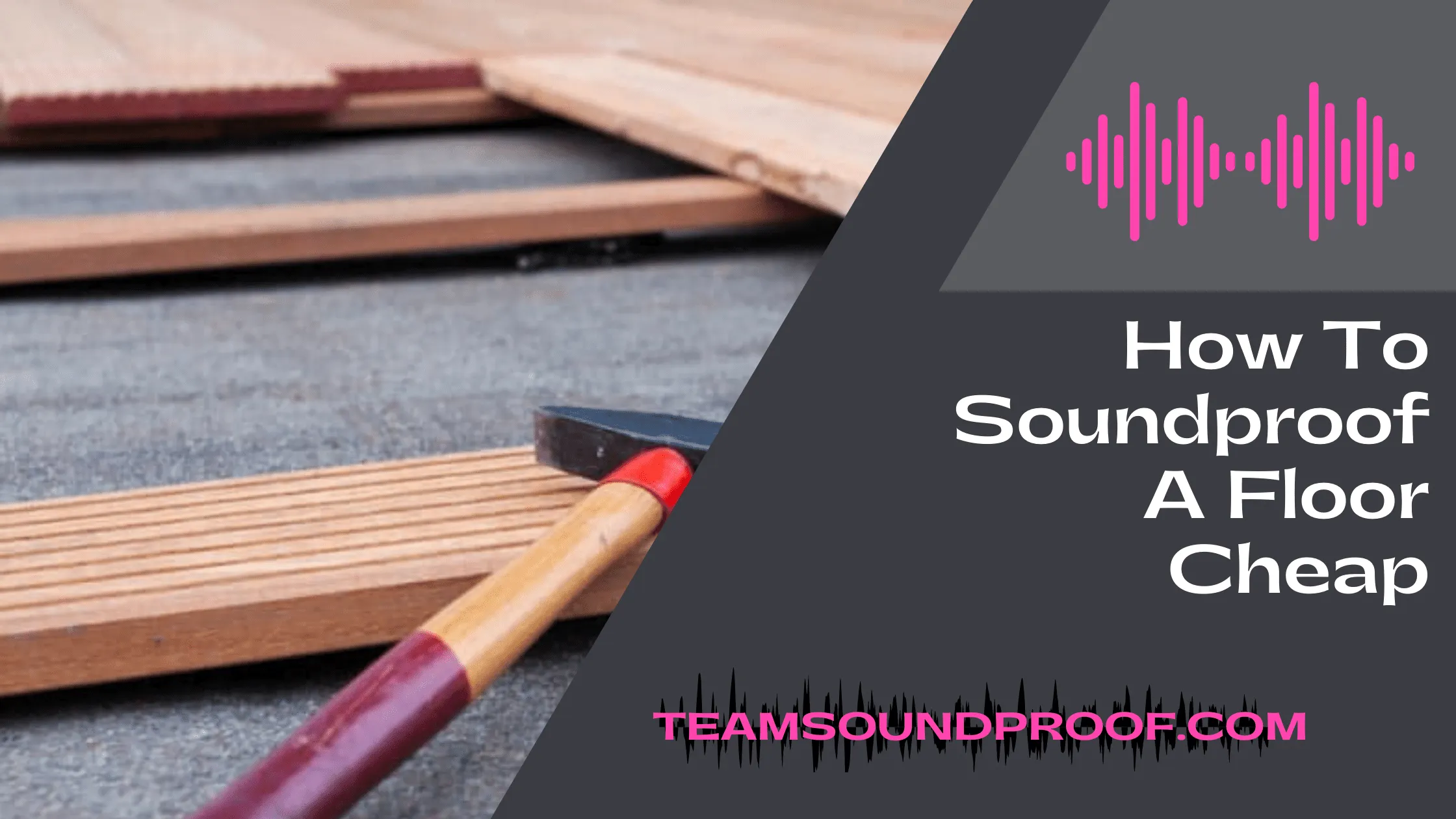If you’re looking to improve the sound quality in your home or office, acoustic foam is a great way to do it. However, hanging acoustic foam can be a tricky task if you don’t know how to do it properly. Here we’ll show you how to hang acoustic foam without damaging walls. So, whether you’re a pro or just starting out, read on for tips and tricks that will help you get the job done right!
Different Ways To Hang Acoustic Foam Without Damaging Walls:
There are a few different ways you can hang acoustic foam without damaging walls. Here are a few options:
1. Use Adhesive Strips:
Adhesive strips are a great way to evenly distribute the weight of the foam and avoid putting too much pressure on any one area. Simply peel off the backing and stick the strips onto the back of the foam. Then, press the foam firmly against the wall. Hold it in place for a few seconds to make sure it sticks.
2. Use Command Hooks Or Similar Products:
Command hooks are easy to use and don’t require any nails or drilling, so they won’t damage your walls. Simply adhere the hook to the wall according to its instructions, then hang the foam from the hook.
3. Use Pushpins:
Pushpins are another easy way to hang acoustic foam without damaging walls. Simply insert the pushpin into the wall at an angle, then press the foam against the pin to secure it in place. You can use as many or as few pushpins as you need, depending on the size and weight of the foam.
4. Use Velcro Strips:
Velcro strips are another great option for hanging acoustic foam. They’re easy to use and remove, so you can change up your foam arrangement as often as you like without damaging your walls. Simply adhere the velcro strip to the wall, then press the foam against it to secure it in place.
5. Use Double-Sided Tape:
Double-sided tape is another easy way to hang acoustic foam without damaging walls. Simply apply the tape to the back of the foam, then press it firmly against the wall. Hold it in place for a few seconds to make sure it sticks.
6. Use Temporary Adhesive:
Temporary adhesive is a great option if you’re not sure how you want to arrange your acoustic foam, or if you want to be able to change it up in the future. Simply apply the adhesive to the back of the foam, then press it firmly against the wall. Hold it in place for a few seconds to make sure it sticks. Then, when you’re ready to remove the foam, simply peel it off the wall.
7. Use Magnets:
Magnets are a great way to hang acoustic foam without damaging walls. Simply adhere the magnet to the back of the foam, then press it firmly against the wall. Hold it in place for a few seconds to make sure it sticks. You can use as many or as few magnets as you need, depending on the size and weight of the foam.
8. Use Adhesive Putty:
Adhesive putty is another great way to hang acoustic foam without damaging walls. Simply apply the putty to the back of the foam, then press it firmly against the wall. Hold it in place for a few seconds to make sure it sticks. You can use as much or as little putty as you need, depending on the size and weight of the foam.
9. Use Hanging Strips:
Hanging strips are a great way to evenly distribute the weight of the foam and avoid putting too much pressure on any one area. Simply adhere the strip to the back of the foam, then press the foam firmly against the wall. Hold it in place for a few seconds to make sure it sticks.
10. Use A Foam Tape:
A foam tape is a great way to create an airtight seal between the wall and the acoustic foam. This will help to prevent sound from escaping and ensure that your soundproofing is as effective as possible. Simply apply the tape around the perimeter of the foam, then press it firmly against the wall.
11. Use A Frame:
If you want to hang your acoustic foam in a frame, simply adhere the foam to the frame using any of the methods listed above. Then, hang the frame on the wall using nails or screws.
12. Use Adhesive Caulk:
Adhesive caulk is another great way to create an airtight seal between the wall and the acoustic foam. Simply apply the caulk around the perimeter of the foam, then press it firmly against the wall.
13. Use A Soundproofing Sealant:
A soundproofing sealant is a great way to create an airtight seal between the wall and the acoustic foam. Simply apply the sealant around the perimeter of the foam, then press it firmly against the wall.
14. Use A Soundproofing Paint:
A soundproofing paint is a great way to create an airtight seal between the wall and the acoustic foam. Simply apply the paint around the perimeter of the foam, then press it firmly against the wall.
15. Use Clips:
Clips are a great way to hang acoustic foam without damaging walls. Simply adhere the clip to the back of the foam, then press the foam against it to secure it in place. You can use as many or as few clips as you need, depending on the size and weight of the foam.
Benefits To Hang Acoustic Foam Without Damaging Walls:
There are many benefits to hang acoustic foam without damaging walls. First and foremost, acoustic foam can help improve the quality of sound in room by absorbing and reducing echoing. Foam panels also prevent sound from bouncing off of walls and ceilings, which helps to create a more intimate listening environment.n
In addition to improving sound quality, acoustic foam can also help to muffle noise pollution and create a more tranquil atmosphere. Installing foam panels is a simple way to make a room look modern and sleek, while also providing some functional benefits.
However, it’s important to note that not all types of acoustic foam are the same. Some foams are better at absorbing sound than others, so it’s important to do your research before purchasing any panels. In addition, different types of foam will have different effects on the sound quality in a room. For example, closed-cell foam is better at absorbing low frequencies, while open-cell foam is better at absorbing high frequencies
Finally, it’s important to consider the size and shape of the room when choosing acoustic foam. Smaller rooms will benefit from smaller panels, while larger rooms will require larger panels. In addition, it’s important to make sure that the panels are installed in a way that doesn’t block any of the room’s ventilation.
Conclusion:
While it may seem daunting, with a little preparation and the right tools, you can easily install the acoustic foam on your own to improve the sound quality in your space. By following these simple steps and using our recommended products, you can enjoy better acoustics without any damage to your walls. Have you ever hung acoustic foam before? What tips would you add?






